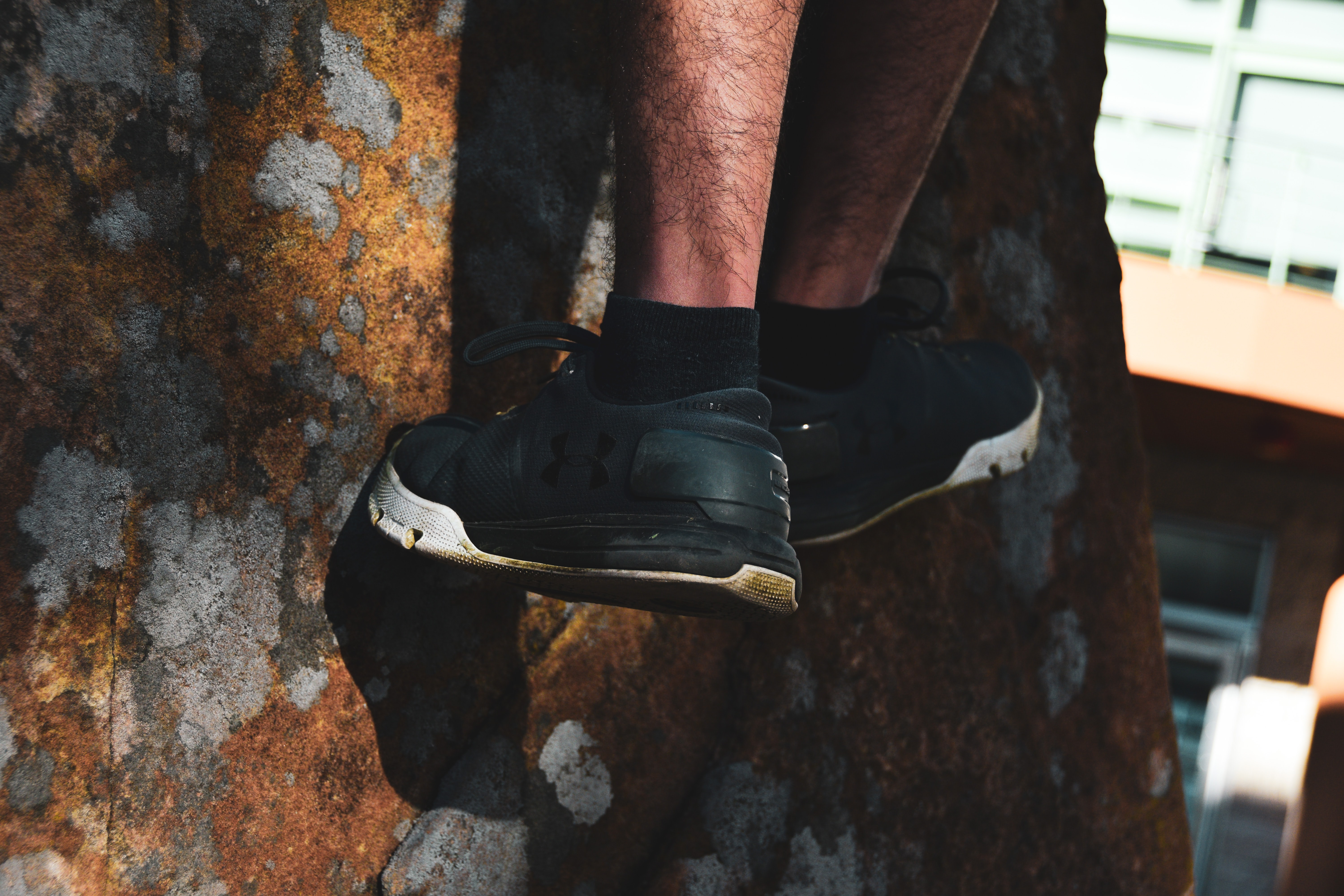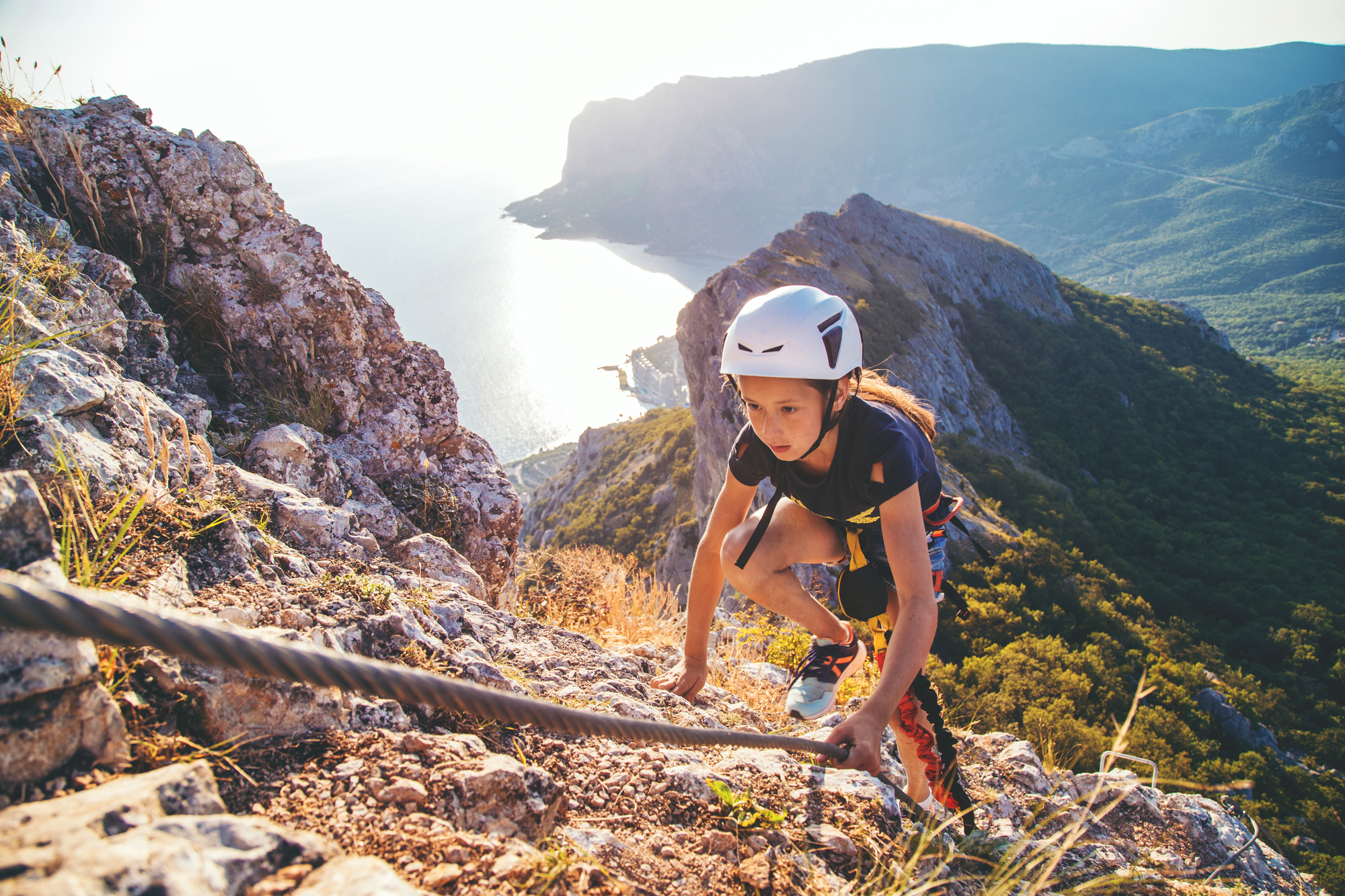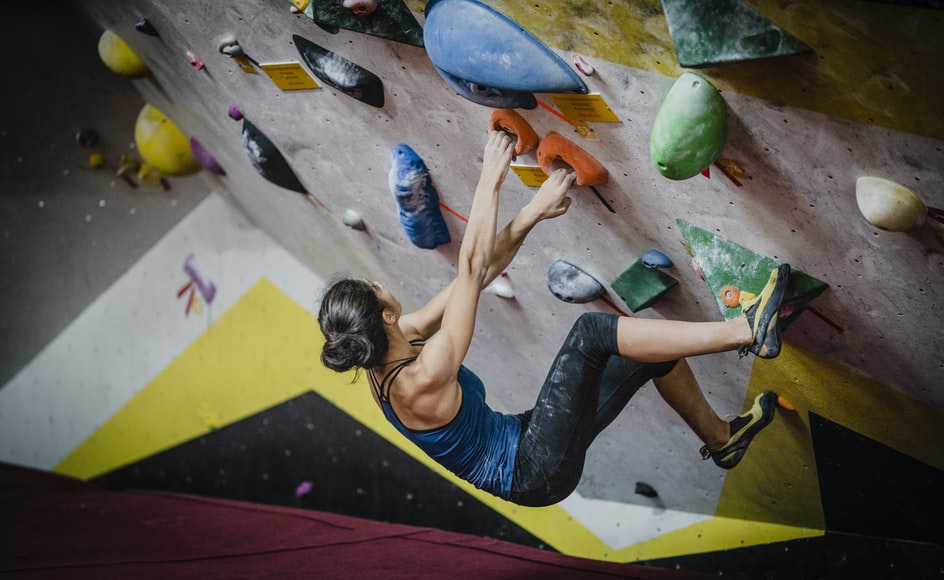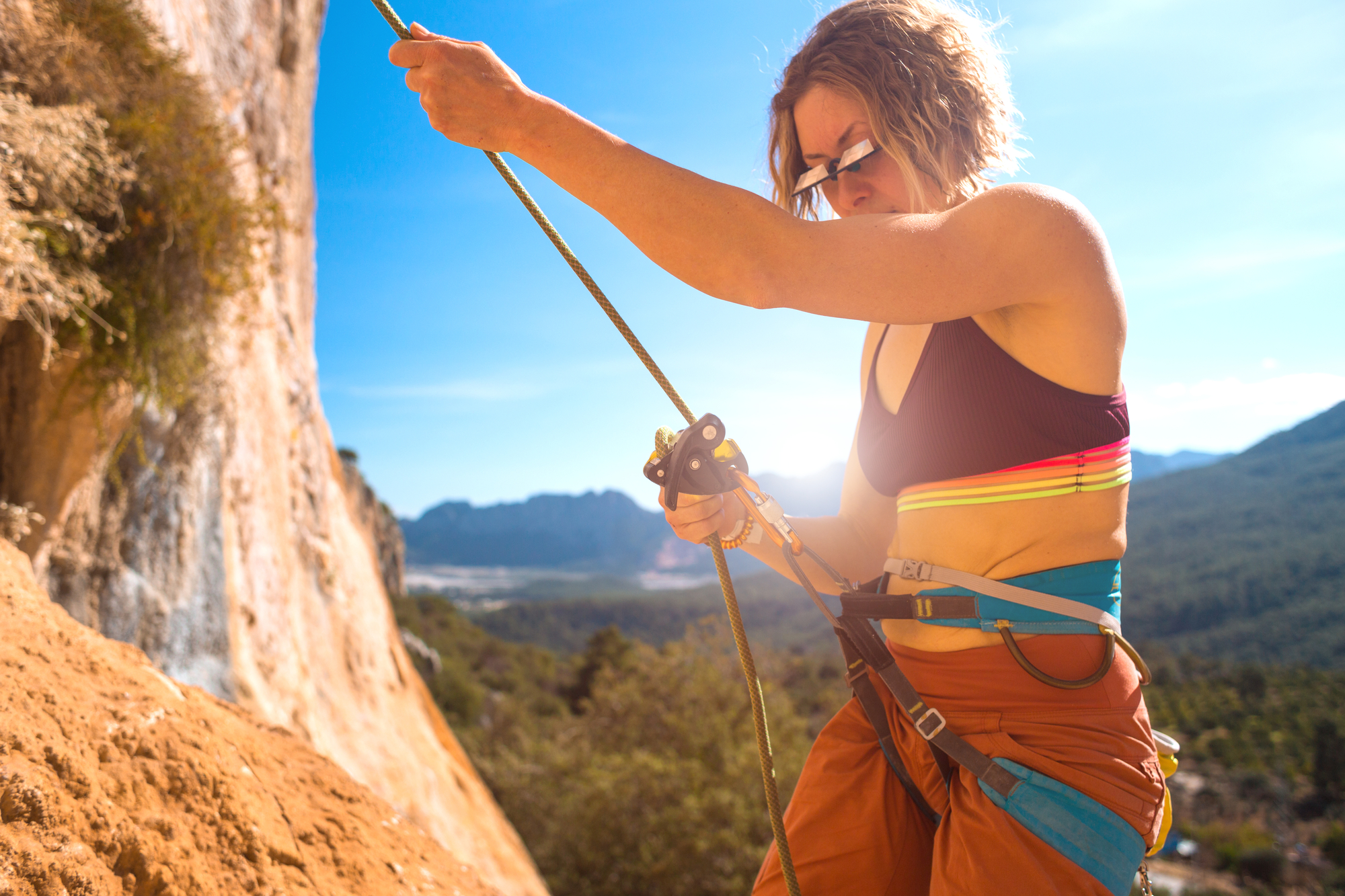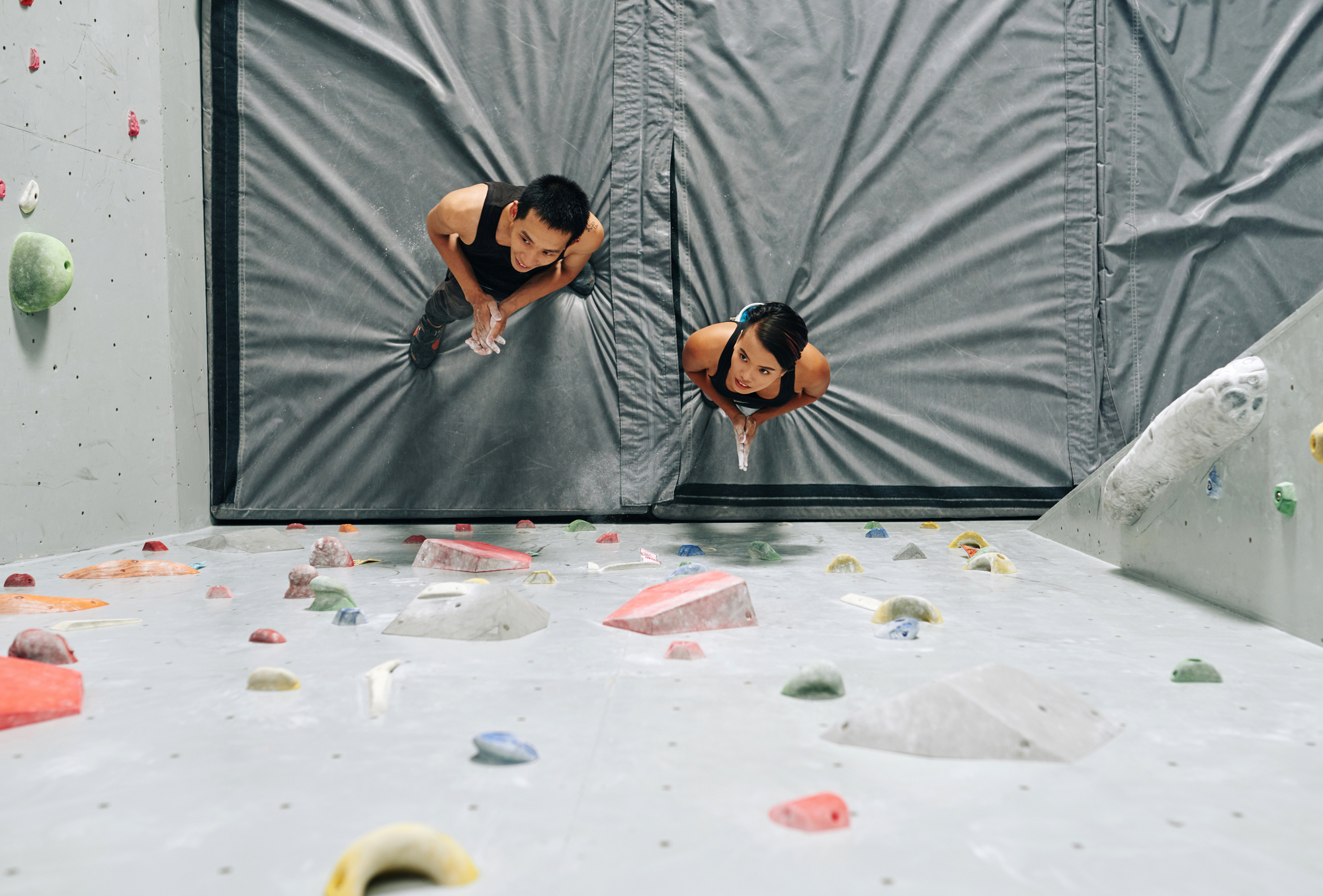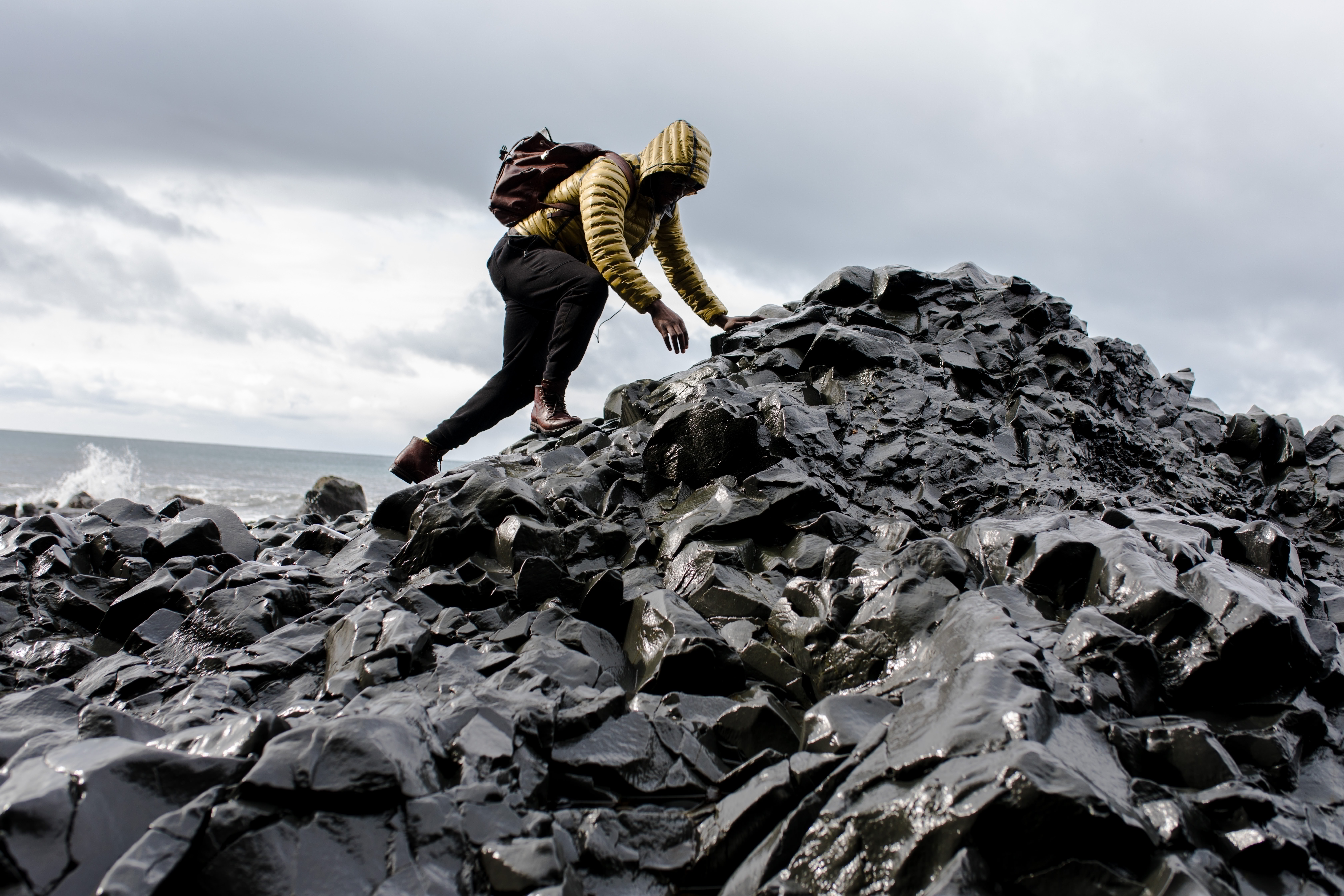Rock climbing is a very popular sport. It's a great way to get in shape and have some fun!
But if you're like most climbers, you know that having the right gear is essential. One of the most important pieces of gear is your shoes.
If they're too tight, you'll be uncomfortable and likely to lose your grip. If they're too loose, you'll be more likely to slip off the rocks. So how do you find the perfect fit?
Read on to find out!
What are the Main Factors to Consider when Buying Rock Climbing Shoes?
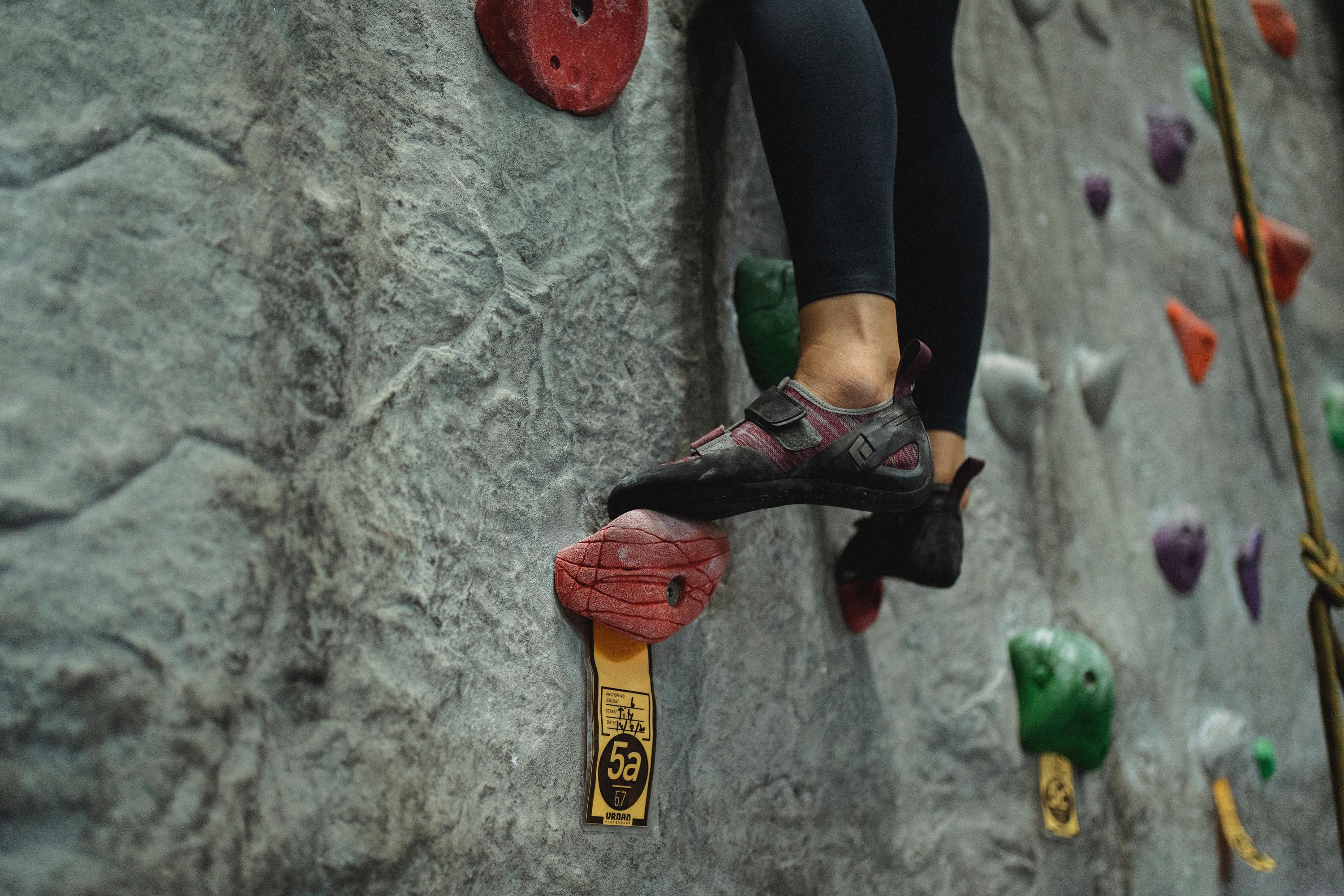
Rock climbing is one of the most fulfilling outdoor sports, but the wrong type or fit in your shoes could hold back all your hard work. When looking for a good climbing shoe, you should consider the following factors:
Type of climbing
Are you mostly bouldering or sport climbing? If you don't know what either of those is, that's okay!
Bouldering is when you climb short, steep walls, and sport climbing is when you climb routes that are usually higher off the ground.
Foot shape
Do your feet have a high arch, low arch, or no arch? This is important to know because it will determine what type of shoe is best for you. Make sure to figure out your foot shape before shopping for shoes.
Width of your foot
You'll want to make sure the shoes aren't too tight or too loose. You'll want to make sure the shoes aren't too tight or too loose. Shoes that are too tight can cause discomfort and lead to bad habits, like subconsciously gripping the shoes tighter. Shoes that are too loose can make it difficult to keep your balance on small footholds.
Climbing shoe features
Typical shoe features are what makes them perform. This includes rubber, linings and straps, and lace ties for extra support or cushioning when needed! It's important to know these because they'll help you make an informed decision about what will work best for your feet and climbing style.
Climbing shoe type
Depending on the sort of climbing you wish to do and the route you want to take, pick from neutral, moderate, and aggressive shoes. Once you know what to look for, it'll be easier to find a pair of rock climbing shoes that fit like a glove!
Why are Climbing Shoes Worn so Tightly?
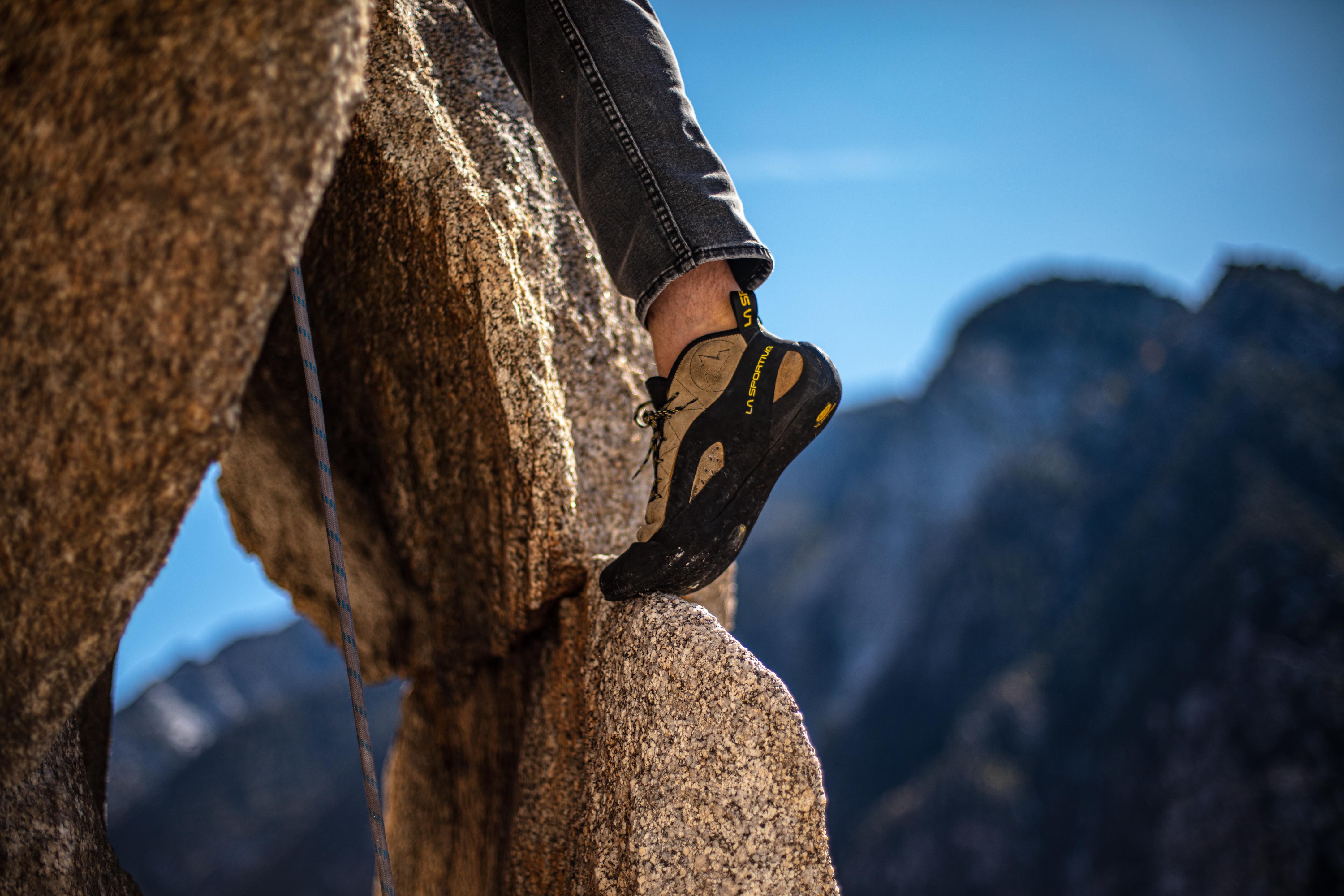
Contrary to popular belief, rock climbing shoes are not meant to be painfully tight. In fact, they should fit snugly but not so tightly that you can't move your toes.
The most common problem we encounter is climbers wearing shoes that don't fit correctly. A shoe that's too big will cause blisters, while a shoe that's too small could lead to injury from pinched toes or calluses on the tops of your feet.
If the downturn of more aggressive shoes makes you uncomfortable, then you might end up getting something too large.
This can result in slippage and hotspots in the shoe, which leads to discomfort and soreness because your foot isn't adequately supported.
This advice is timeless, whether you're looking back on your first pair or have been climbing for a while. It's essential to take the time to find a shoe that fits your foot like a glove.
You could be tempted to buy a shoe that performs well but doesn't feel "right" right away, hoping the fit will improve. Don't do it.
It's much better to take the time to find a shoe that will make you happy and stick with it than to have to keep buying new shoes because they never quite feel right.
What Are The Different Types of Rock Climbing Shoes?
Neutral
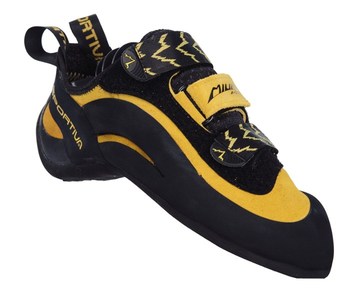
La Sportiva Miura VS Climbing Shoes
Neutral rock climbing shoes are great for those who aren't quite sure what to expect. They provide just enough support without being too aggressive or uncomfortable on your feet.
It's a more symmetrical version of a flat shoe. If you place the shoe on a flat surface, most of the sole area will come in contact with the surface, with only a little arch around the center.
Perfect for: beginner climbers, indoor climbing, climbing cracks or lower-angle slabs or long, multi-pitch routes or climbing.
Moderate
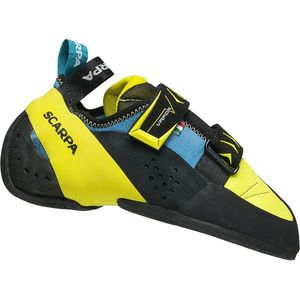
ScarpaVapor V Climbing Shoe
These shoes are curved with more pronounced asymmetry and arc to their shape. When you put your foot in these shoes, they help you achieve accuracy by directing the majority of your weight and power toward the big toe.
You may stand on small holds with just your toes, thanks to this shaping.
Perfect for: Thin footholds or very edgy climbs. If you're looking for a single shoe that can handle a wide range of climbing types, moderate profile shoes are also ideal.
Aggressive
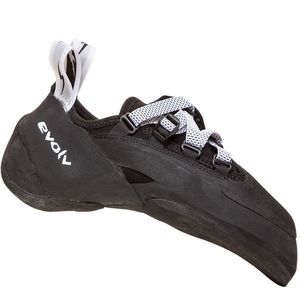
EvolvPhantom Climbing Shoe
To place your feet in a solid and robust posture for challenging overhanging climbs, these shoes have very downturned toes and a lot of heel tension.
The shoes' asymmetric form curves towards the big toe, concentrating power on the toe for accurate placements on tiny holds.
This type of shoe is difficult to use on lower-angled climbs because they pull your toes up and out of the way, but they're great if you're looking for a strong performance while climbing steep routes.
Perfect for: Bouldering indoors and outdoors and climbing steep routes. Also great for seasoned climbers looking to add to their gear collection.
How to Break in Your New Rock Climbing Shoes?
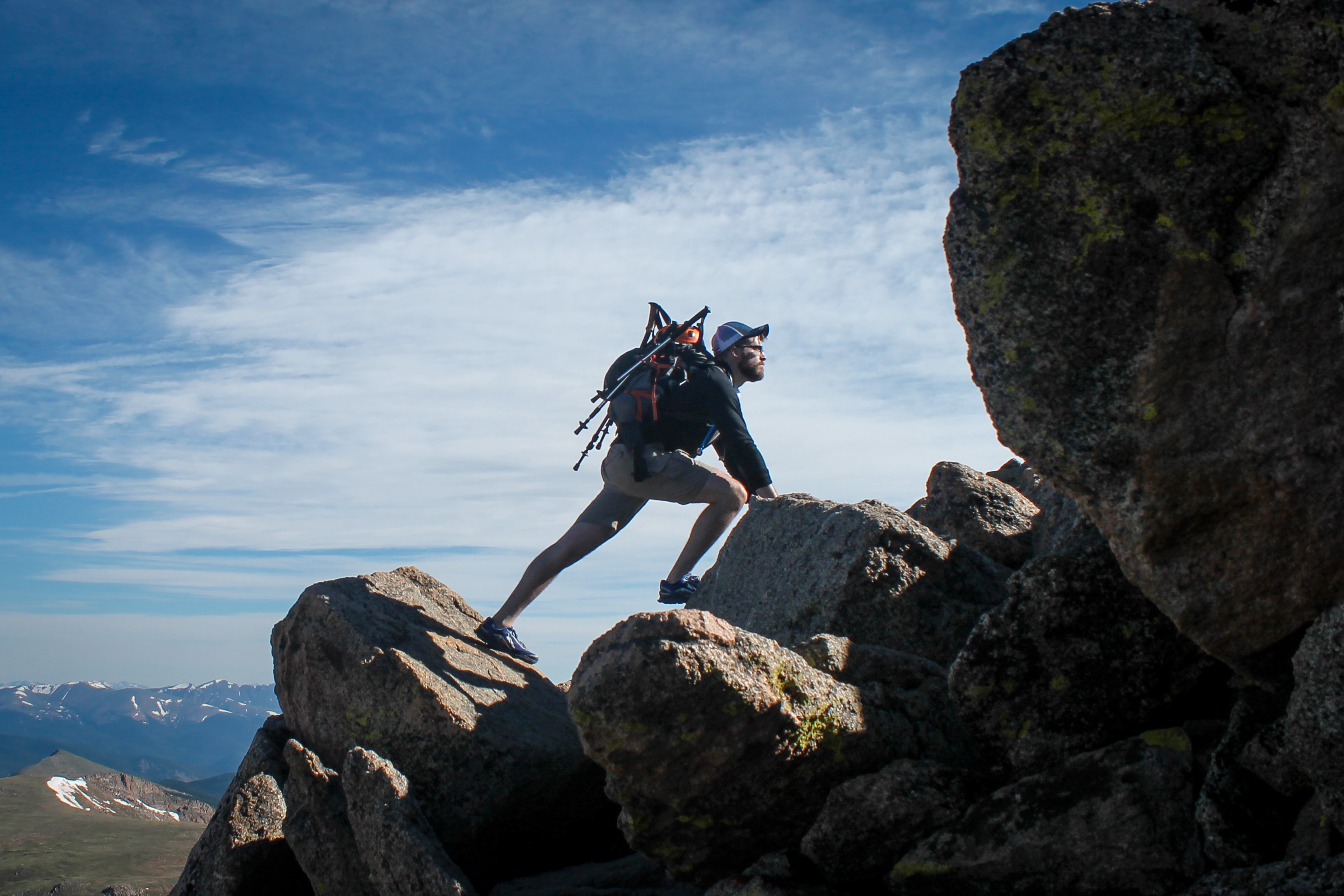
It's important to break in your new shoes before taking them on a long climbing trip.
A good way to do this is to wear them around the house for a few hours at first, then increase the time you spend in them as they start to feel more comfortable.
Avoid wearing them while doing anything else other than walking, as this could cause them to stretch out of shape.
It's difficult for everyone's feet to bend in different ways, but if a shoe is hard to slip on, it is most likely too small.
If you're going on a climbing trip, it's best to take your new shoes with you and do some light bouldering or easy routes to break them in while on the road.
Remember: don't force the issue! If they still feel uncomfortable after breaking them in, they might not be the right shoes for you.
Conclusion
Are you ready to find the perfect shoe for your next climbing adventure?
Finding the perfect fit for your rock climbing shoes is key to a comfortable and successful climbing experience.
Take the time to find a shoe that feels good on your feet, whether you're starting out or looking for an update to your current gear.
Make sure to break them in before taking them on a long trip, and if they still feel uncomfortable after breaking them in, they might not be the right shoes for you.
So good luck, have fun and enjoy the great outdoors!

